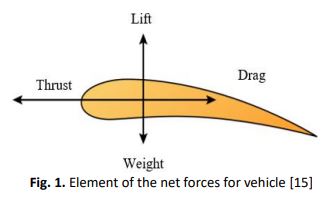A Review of Aerodynamics Influence on Various Car Model Geometry through CFD Techniques
DOI:
https://doi.org/10.37934/arfmts.88.1.109125Keywords:
Aerodynamic Forces, Car, CFD, Car Model, Design, Flow separation, SafetyAbstract
The aerodynamic characteristics of a vehicle play a vital role in steering stability, performance, comfort, and safety of a car. The fuel efficiency of a vehicle is determined by the performance of the internal combustion engine and the aerodynamic design of the body. One of the most important aspects of automobile design is aerodynamic styling. A vehicle with low drag resistance provides advantages in terms of cost and efficiency. This article will review design characteristics and implementation of various specific reference models on drag issues using Computational Fluid Dynamics (CFD) techniques. The benefits and limitations of these models are analysed, and the validity of results in developing guidelines to improve the performance and stability of cars are described. This review paper covers significant studies that utilise the CFD model and simulation on a simplified vehicle model using various turbulence models to generate drag coefficient. Characteristics and impacts of various vehicle design models with and without external factors such as side mirrors and door handles are also discussed. Results obtained from the research focuses on the physics flow structures such as static pressure contours, are presented for the three types of car model geometry. The simplified generic models are more efficient and advocated to apply compared to the specific model geometry based on the result acquired by the latest studies. Simplified generic models are preferred due to their cost-effectiveness, procurement of optimum time, and better simulation effects. Moreover, the study also demonstrates the importance of having a car with suitable turbulence models that are appropriate to be applied for simulations in terms of its applicability, time effectiveness, and cost.
Downloads

































